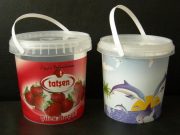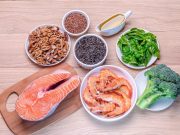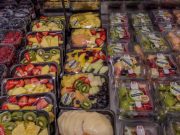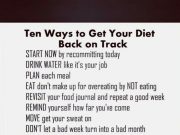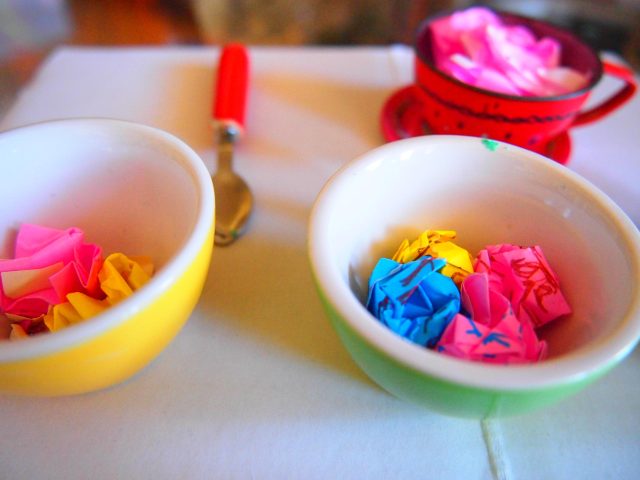In today’s fast-paced world, where convenience often trumps nutrition, fostering a love for healthy cooking in our children is more crucial than ever. As parents, we understand the challenges of juggling daily responsibilities while striving to provide nourishing meals for our families. Yet, involving our kids in the cooking process can transform mealtime from a chore into a cherished family activity. This article aims to guide you through practical steps to engage your children in healthy cooking, cultivating not only their culinary skills but also a lifelong appreciation for wholesome eating. By nurturing their curiosity and creativity in the kitchen, we can empower them to make healthier food choices and build lasting family memories.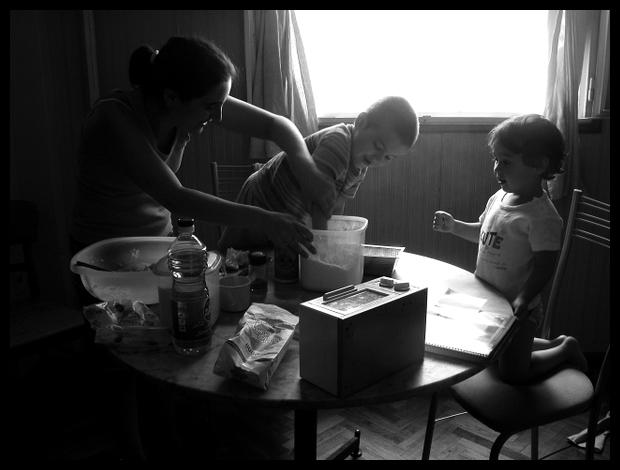
Creating a Fun and Engaging Kitchen Environment for Kids
Encouraging your little ones to join you in the kitchen can be a delightful experience. To create a lively and engaging environment, consider setting up a kid-friendly cooking station. This space should be safe and accessible, featuring tools and utensils suited for small hands. Stock it with colorful mixing bowls, measuring cups, and aprons that make them feel like real chefs.
Incorporate play and creativity by introducing themed cooking days, like “Mini Chef Mondays” or “Tasty Taco Tuesdays”. Use these themes to teach them about different cuisines and ingredients. For example, you can use a simple table to list ingredients for a fun cooking session:
| Ingredient | Use |
|---|---|
| Whole Wheat Tortillas | Base for Tacos |
| Avocados | Guacamole |
| Cherry Tomatoes | Salsa |
| Cheese | Topping |
To keep the excitement alive, involve them in decision-making. Ask them to choose between two healthy recipes or let them select the veggies for a salad. This sense of ownership can spark their interest in cooking. Remember, the key is to be patient and celebrate their efforts, no matter how small. This not only enhances their culinary skills but also fosters a lifelong love for healthy eating.
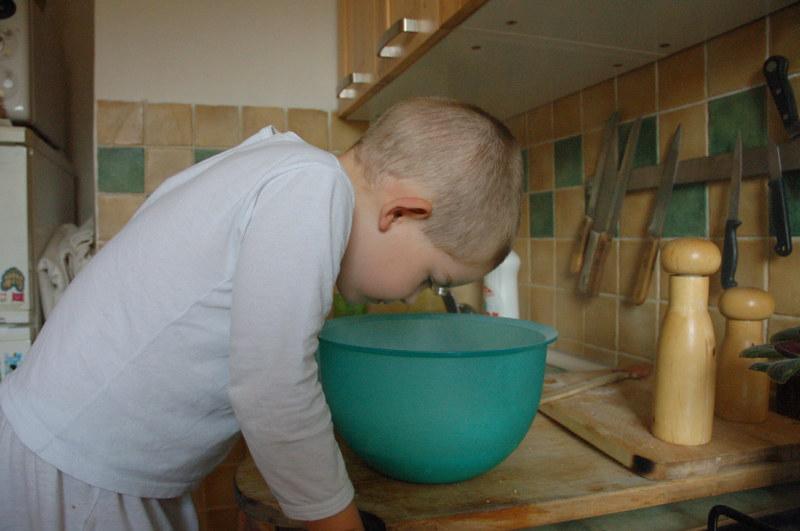
Choosing Age-Appropriate Tasks to Foster Confidence and Skills
Engaging children in the kitchen is a wonderful opportunity to nurture their confidence and skill set. The key is to assign tasks that align with their developmental stage, ensuring they feel both challenged and successful. For younger children, tasks like washing fruits and vegetables, stirring ingredients, or arranging items on a plate can be both fun and educational. These activities help them develop fine motor skills and instill a sense of accomplishment when they see the final dish.
For older kids, you can introduce more complex responsibilities such as measuring ingredients, chopping with supervision, or reading recipes aloud. These tasks not only teach them practical kitchen skills but also enhance their math and reading abilities. Involving them in meal planning can also be a great way to boost their decision-making skills and encourage creativity.
| Age Group | Suggested Tasks |
|---|---|
| 3-5 Years |
|
| 6-8 Years |
|
| 9-12 Years |
|
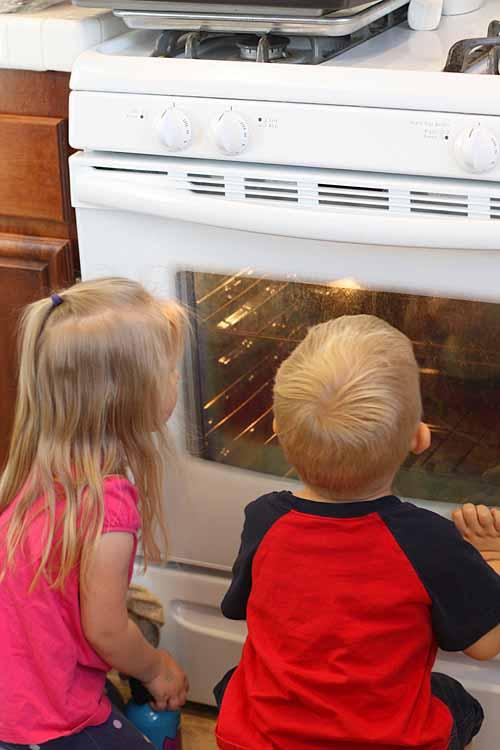
Incorporating Educational Elements into Cooking Activities
Transform your kitchen into a classroom by seamlessly blending cooking with learning opportunities. This not only makes the process engaging for children but also helps them acquire valuable skills. Here’s how you can make cooking a fun, educational experience for your kids:
- Math Skills: Involve your children in measuring ingredients. This can help them understand concepts like fractions and conversions. Use measuring cups and spoons to teach them about volume and weight.
- Science Exploration: Explain the chemical reactions happening in cooking, such as how yeast makes bread rise or why certain ingredients change color when heated. Encourage curiosity by asking them questions like, “What do you think will happen if we mix these two ingredients?”
- Reading and Comprehension: Let your kids read the recipe aloud. This practice not only improves their reading skills but also helps them follow instructions and understand sequence.
| Cooking Activity | Educational Element |
|---|---|
| Baking Cookies | Fractions & Measurements |
| Making Salad | Nutrition & Health |
| Pizza Topping | Creativity & Choices |
Remember, the goal is to create a supportive environment where children feel comfortable exploring and making mistakes. Celebrate their successes, no matter how small, and they will be more eager to participate and learn. By integrating educational elements into cooking, you’re not just preparing a meal—you’re nurturing lifelong skills and memories.
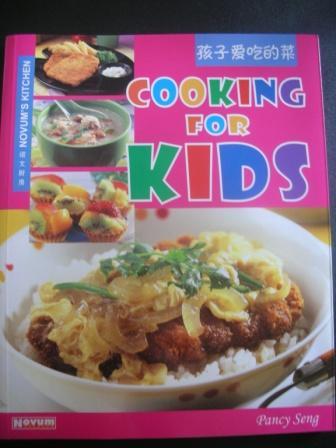
Encouraging Creativity and Exploration Through Healthy Recipes
Introducing children to the world of cooking can be an exciting journey filled with learning and fun. Engaging them in preparing healthy meals not only helps them understand nutrition but also sparks creativity and exploration in the kitchen. Here are some practical tips to get your little ones involved:
- Let Them Choose: Give your kids the freedom to pick a recipe or ingredients for the week. This autonomy encourages their interest and makes them feel part of the decision-making process.
- Use Colors and Shapes: Turn meal prep into a playful activity by focusing on colorful fruits and vegetables. Encourage them to arrange food into fun shapes or patterns on their plates.
- Make It a Game: Turn the cooking process into a game or challenge, like seeing who can create the most vibrant salad or the most artistic smoothie bowl.
Consider setting up a simple cooking station where kids can safely participate in meal preparation. Use the table below as a guide to assign age-appropriate tasks that make them feel like an essential part of the cooking team:
| Age Group | Cooking Tasks |
|---|---|
| 3-5 years | Washing vegetables, tearing lettuce, mixing ingredients |
| 6-8 years | Measuring ingredients, using a peeler, arranging food |
| 9-12 years | Chopping with supervision, cooking simple recipes |
By making healthy cooking a collaborative and enjoyable activity, you not only nourish your children’s bodies but also nurture their minds and creativity. Embrace the mess and imperfections, as these moments often lead to the most delightful culinary discoveries.
















